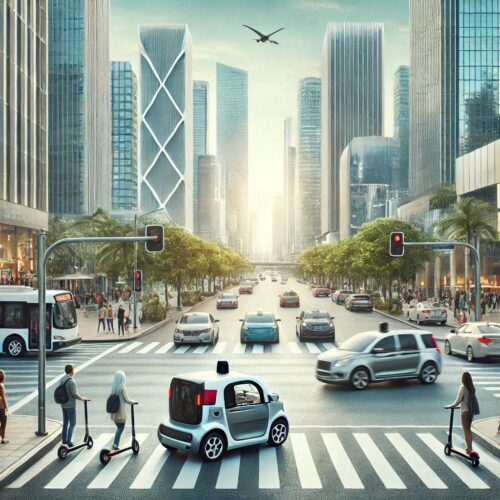
Tech and Traffic Laws are becoming increasingly significant in our rapidly evolving society. As technology advances, the regulations governing transportation must also adapt to ensure safety and efficiency on our roads. This article will delve into the interplay between technological advancements and traffic laws, exploring how they shape our driving experiences and the legal frameworks that govern them.
The Intersection of Innovation and Regulation
The relationship between innovation and regulation is pivotal in the context of traffic laws. With the rise of autonomous vehicles, electric cars, and various mobility apps, traditional traffic laws face challenges that require thoughtful consideration and adjustment.
The Emergence of Autonomous Vehicles
One of the most transformative elements in modern transportation is the advent of autonomous vehicles. These self-driving cars promise to enhance road safety and efficiency by minimizing human error. However, integrating these vehicles into existing traffic systems necessitates new legislation. Current traffic laws were formulated with human drivers in mind, and as such, they may not adequately address the complexities introduced by autonomous technology.
The legal implications of liability also come into play. In incidents involving autonomous vehicles, questions arise regarding who is responsible—the driver, the manufacturer, or even the software developer? To navigate these complexities, lawmakers are tasked with creating a framework that clearly defines accountability and ensures consumer safety.
The Role of Traffic Apps and Navigation Technologies
Another significant innovation influencing traffic laws is the proliferation of navigation apps and ride-sharing platforms. These technologies have altered how we perceive and utilize our roadways. While they offer convenience and efficiency, they also raise concerns about data privacy, road usage, and the enforcement of traffic regulations.
Traffic apps often provide real-time data on road conditions, traffic congestion, and even police presence, which can impact driver behavior. The challenge for regulators is to keep pace with the rapid development of these technologies while ensuring that they are used responsibly. For instance, how do we regulate the data collected by these apps? What measures are in place to prevent misuse of this information?
Evolving Regulations in the Digital Age
As technology evolves, so too must the regulations that govern its use in transportation. The digital age demands that lawmakers adopt a proactive approach to traffic laws, ensuring they are relevant and effective in addressing contemporary issues.
Addressing Data Privacy Concerns
With the integration of technology into everyday driving, data privacy has emerged as a critical concern. Many navigation and ride-sharing apps collect vast amounts of data on users, including their location, travel patterns, and personal information. As these technologies become more prevalent, it is essential to establish robust regulations that protect user privacy while allowing innovation to flourish.
Legislators must find a balance between fostering technological advancement and safeguarding individual rights. This involves creating clear guidelines on data usage, consent, and security measures that companies must follow to protect user information.
Ensuring Road Safety in a Tech-Driven Environment
The ultimate goal of traffic laws is to ensure the safety of all road users. As technology changes the landscape of transportation, maintaining safety standards becomes increasingly complex. This necessitates ongoing collaboration between technology developers, traffic authorities, and law enforcement agencies.
Regulatory bodies must continuously assess the impact of new technologies on road safety and adapt existing laws accordingly. This may involve implementing new safety standards for autonomous vehicles, creating educational programs for drivers on the use of navigation technologies, and enhancing enforcement mechanisms to address potential violations.
Conclusion
In conclusion, the interplay between technology and traffic laws is a dynamic and evolving landscape. As innovations such as autonomous vehicles and navigation apps reshape our roads, it is imperative that regulations adapt to ensure safety, accountability, and privacy. The future of transportation will undoubtedly be influenced by how effectively lawmakers can navigate these changes and embrace the opportunities that technology presents. By fostering a collaborative environment among all stakeholders, we can create a safer, more efficient transportation system that meets the needs of the modern world.